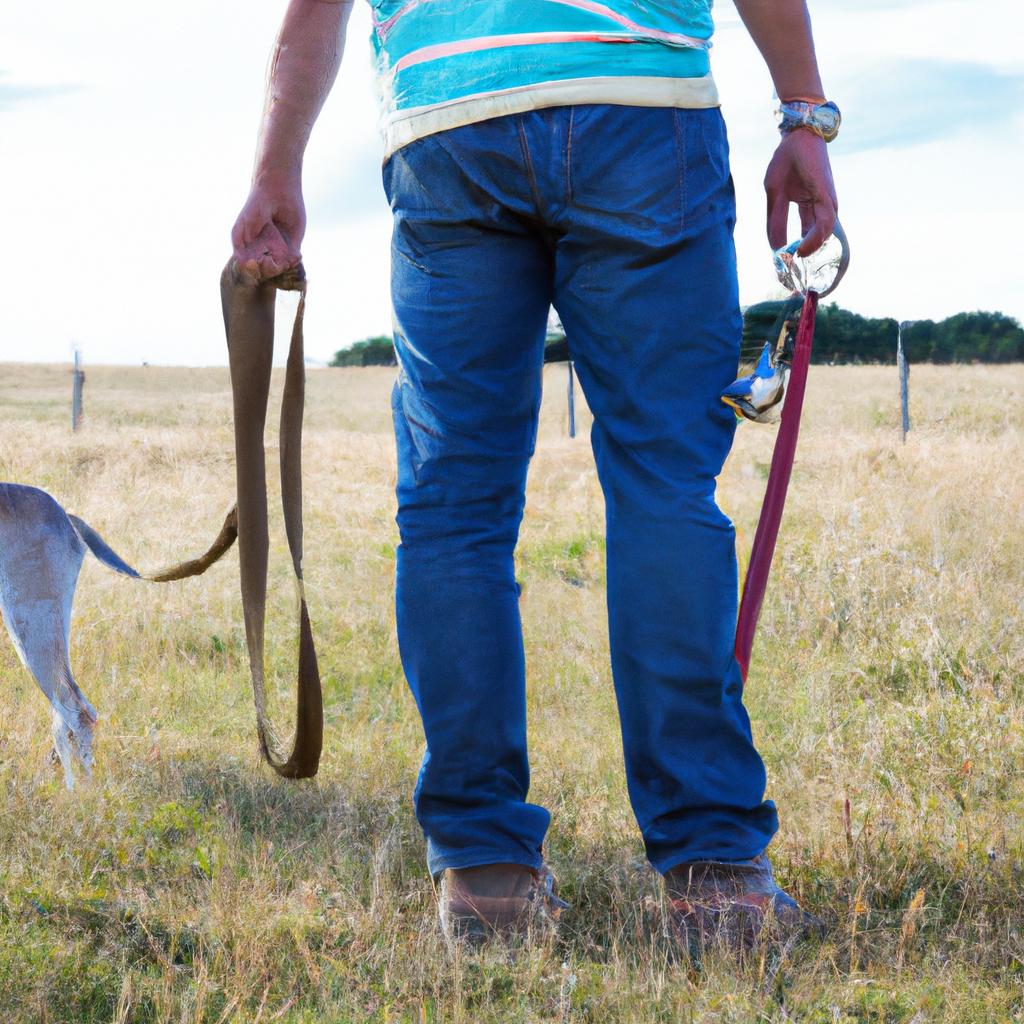Learn How to Train Your Dog to Walk on a Leash with our comprehensive guide. Discover the right leash and collar, basic and advanced techniques, and troubleshooting tips.
As a dog owner, one of the most important skills you can teach your furry friend is how to walk on a leash. It not only keeps your dog safe during walks but also strengthens the bond between you and your pet. In this article, we will guide you through the steps to train your dog to walk on a leash effectively.
Why Leash Training is Crucial for Dogs
Leash training is essential for dogs of all ages, sizes, and breeds. It ensures their safety by preventing them from getting into dangerous situations like traffic or aggressive animals. Moreover, regular leash walks provide the exercise and mental stimulation they need to stay healthy and happy.
Walking on a leash also helps build your dog’s confidence and social skills. It exposes them to different environments, people, and animals, making them more comfortable and well-adjusted. Consequently, leash training can reduce anxiety and unwanted behaviors such as barking, jumping, and aggression.
Choose the Perfect Leash and Collar
Before starting leash training, it’s crucial to select the right leash and collar for your dog. There are several types available, each with its pros and cons. Some common options include:
- Standard Leash: Made of nylon or leather, suitable for most dogs.
- Retractable Leash: Gives your dog more freedom while maintaining control.
- Martingale Collar: Prevents dogs from slipping out and works well for narrow-headed breeds.
- Harness: Distributes pressure across the dog’s chest and back, ideal for dogs with respiratory problems or neck injuries.
Consider your dog’s size, breed, and behavior when choosing a leash and collar. Ensure the leash is strong enough for your dog’s weight and energy level. Check that the collar fits snugly but comfortably without rubbing the skin.
Set Up a Positive Training Environment
Creating a positive training environment is crucial for successful leash training. Choose a quiet and familiar location like your backyard or a nearby park. Avoid crowded or noisy areas that might distract your dog.
Minimize distractions by removing toys or food that can divert your dog’s attention. Avoid training during busy times when there are many people, dogs, or loud noises around.
Master the Basic Leash Training Techniques
The first step in leash training is to associate the leash with positive experiences. Allow your dog to sniff and explore the leash, rewarding them with treats or praise for showing interest.
When your dog is comfortable, attach the leash to their collar and let them drag it around. Reward them for wearing the leash and following you.
Next, teach your dog to follow your lead and walk by your side. Hold the leash with a loose grip, and use treats or praise to encourage your dog to stay beside you. If your dog pulls or tries to move ahead, stop walking and wait for them to calm down. Then, resume walking and reward them for following your lead.
Repeat this process several times a day, gradually increasing the duration and distance of your walks. As your dog becomes more comfortable, introduce more advanced leash training techniques, such as stopping and sitting on command or walking on a loose leash.
Advance Your Leash Training Skills
Once your dog has mastered the basics, you can move on to advanced leash training techniques to enhance their behavior and obedience.
Teach Your Dog to Stop and Sit on Command
Stopping and sitting on command is a useful skill, especially if your dog tends to get easily distracted or pull on the leash. To teach this skill, walk with your dog on the leash and suddenly stop. Say “stop” and then “sit” while gently pulling up on the leash. Reward your dog with a treat and praise when they sit. Repeat this process until your dog responds reliably to the command.
Teach Your Dog to Walk on a Loose Leash
Getting your dog to walk on a loose leash can be challenging, as they often tend to pull. Start with a short leash and walk slowly. When your dog starts to pull, stop and wait for them to return to your side. Reward them with a treat and praise. Gradually increase your speed and the length of the leash while reinforcing good behavior.
Troubleshooting Common Leash Training Problems
Leash training can come with challenges. Here are some common problems and how to address them:
Pulling on the Leash
If your dog constantly pulls on the leash, it can be uncomfortable and dangerous. Teach your dog to stop and sit on command. When your dog pulls, stop, say “stop” and “sit,” and gently pull up on the leash. Reward your dog when they stop pulling and return to your side. Gradually increase the duration of the walk while continuing to reinforce good behavior.
Fear or Anxiety on the Leash
If your dog seems anxious or fearful on the leash, address the issue early on. Introduce the leash gradually, associating it with positive experiences such as treats and playtime. You can also try a harness instead of a collar for a more comfortable fit.
Lack of Focus During Leash Training
If your dog seems distracted or uninterested during training, they may need more mental and physical stimulation. Incorporate playtime and training exercises into their routine to keep them engaged. Change up the location of your walks to provide variety and stimulation.
Now that you have the tools to train your dog to walk on a leash, remember to be patient and consistent. Enjoy the process of bonding with your furry friend and watch as they become a well-behaved and happy walking companion.
For more information and dog training products, visit TooLacks. Happy training!



